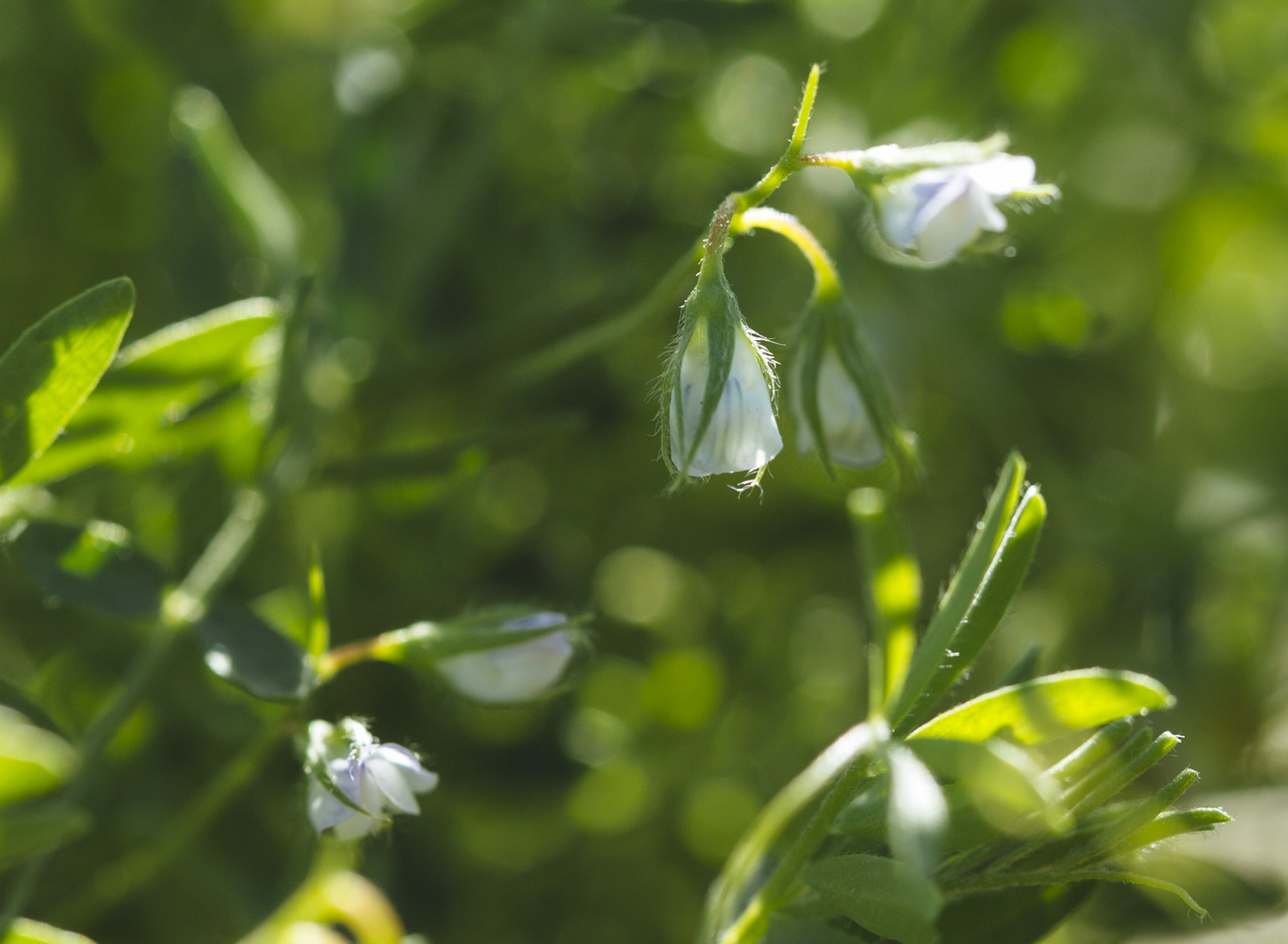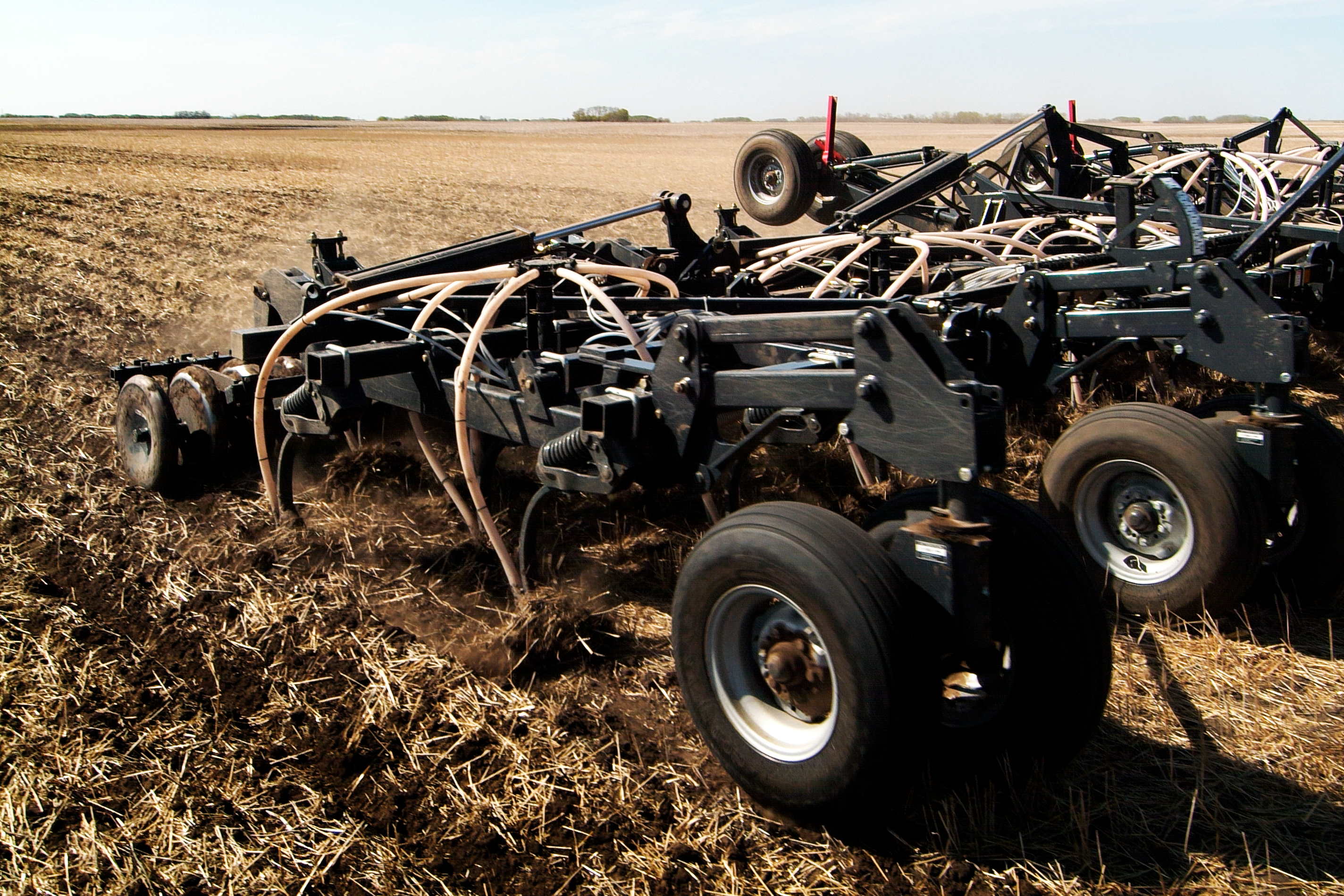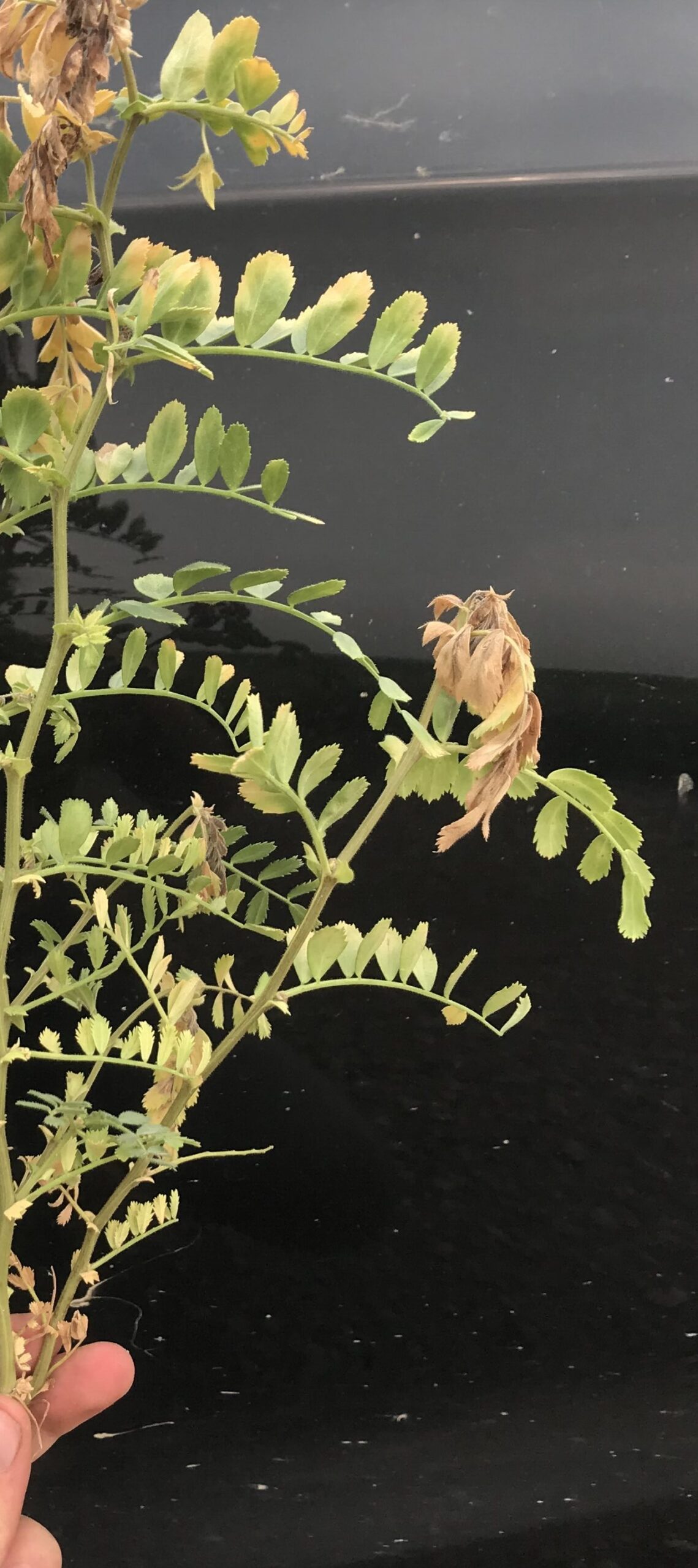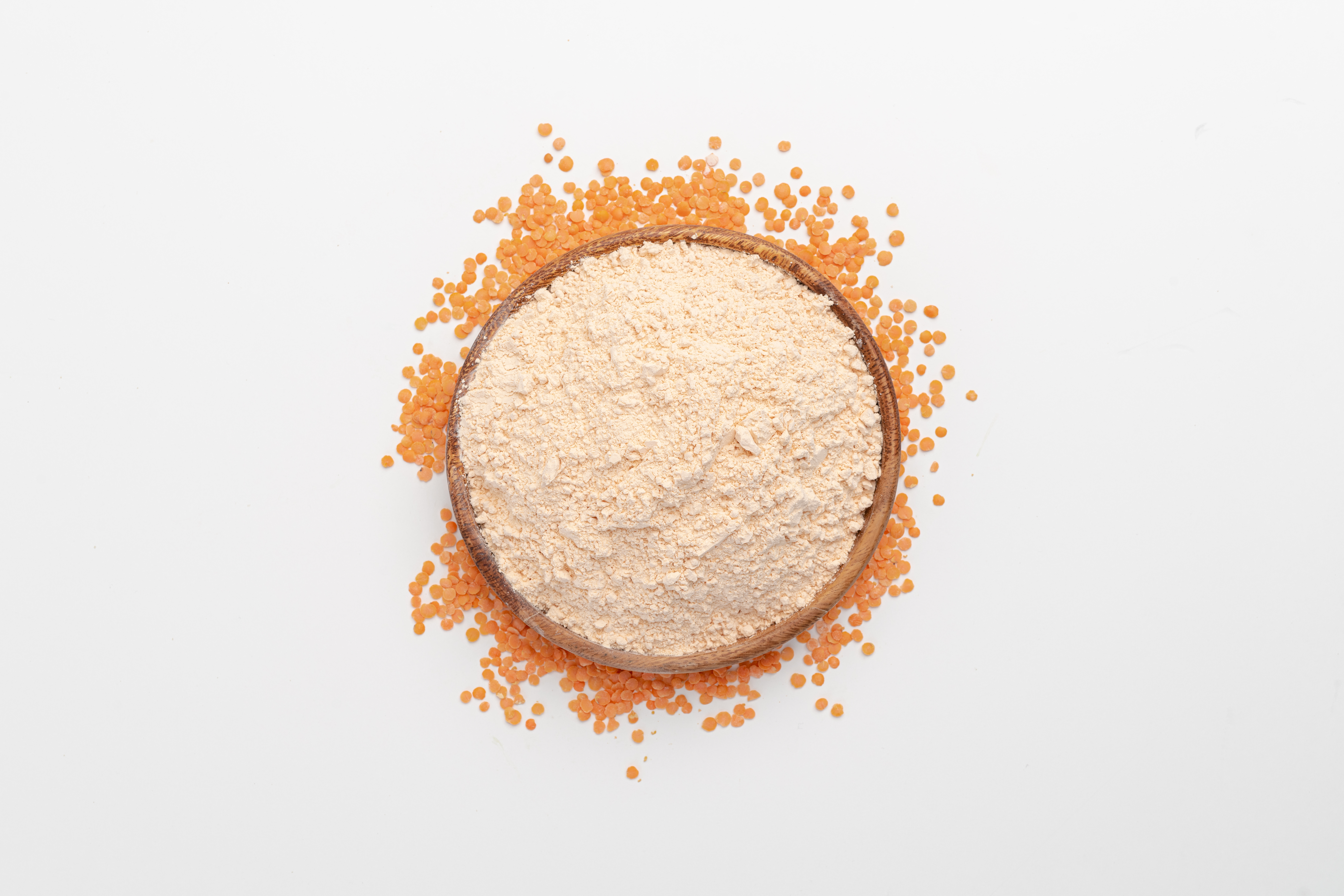

Root rot spreads quickly. Pests can be devastating. For farmers, these challenges – and others – can represent a loss of profit due to decreased yields, and in some cases, complete crop failure. Solutions are on the way.
With the support of Sustainable Canadian Agricultural Partnership (S-CAP) AgriScience Program – Clusters Component, Saskatchewan Pulse Growers (SPG), Alberta Pulse Growers (APG), Manitoba Pulse and Soybean Growers (MPSG), Ontario Bean Growers (OBG), and Pulse Canada, the Pulse Cluster seeks to equip Canada’s pulse farmers with the tools needed to address current and future challenges.
The following research-activity summaries highlight the challenges that spurred these projects and foreshadow the solutions farmers can anticipate.
Soil Testing & Biocontrol Agents for Root Rot in Pea and Lentil
Investments in new agronomy tools research are looking at ways to allow farmers to minimize losses from root rot through better screening and soil testing options, increased access to biocontrol agents, and better fertilizer recommendations.
Dr. Syama Chatterton is the Pulse Pathology Research Scientist at Agriculture and Agri-Food Canada (AAFC) Lethbridge. She is passionate about combatting root rot in pea and lentil crops. Dr. Chatterton is not only working to develop an easy-to-use tool for farmers to do their own soil pathogen testing, but she is also conducting field trials to test new biocontrol agents.
“Root rot pathogens in pulses are very challenging for researchers not only due to their long-lived nature but also because of the complexity of the pathogens themselves,” says Dr. Chatterton. “Research progress is moving forward with many large collaborative projects starting.”
In fields that have existing high levels of root rot pathogens, new plantings of a pea or lentil crop will result in early root rot infestation and yield loss. Dr. Chatterton’s research aims to equip farmers with the ability to make more informed crop-rotation decisions.
Field trials will test new biocontrol agents that can help mitigate root rot in peas and lentils. Presently, seed treatments are being used, but they do not provide protection past the seedling stage. Pulse growers need access to products that are more effective than available seed treatments. “By colonizing the roots,” says Dr. Chatterton, “biocontrol agents could offer season-long protection from root rot.”
Advanced Fertilizer Practices for Root Rot in Pea
Adding phosphorus and copper fertilizers are being explored for the suppression of root disease in pea. Dr. Jeff Schoenau, Professor of Soil Fertility at the University of Saskatchewan, and Saskatchewan Ministry of Agriculture Chair in Soil Nutrient Management is working on determining the impacts of phosphorus and copper fertilization in a variety of soil types, environments, and root-disease pressures in pea field trials across the Prairie provinces.
“Our research findings aim to benefit farmers through updated fertilization guidelines,” says Dr. Schoenau.
Root Rot Pathogens and Imaging for Dry Bean
Dry bean root rot is caused by many different pathogens that are present in a complex. These pathogens include Fusarium spp., Rhizoctonia, and Pythium spp. To date, there is no research providing a comprehensive understanding of the regional impact of the pathogen groups.
By studying the pathogens that infect dry beans in Canada’s various growing areas, Dr. Owen Wally, Research Scientist of Field Crop Pathology at AAFC Harrow will determine which pathogens impact production the most. This will allow growers to focus their agronomic efforts on the highest-risk pathogens, and hopefully increase their yields and revenue.
Dr. Wally is also optimizing techniques for the screening of dry bean varieties for tolerance to root rot pathogens, both indoors and outdoors, allowing for quicker risk assessments. In the field, researchers will be using multi-spectral cameras mounted on unmanned aerial vehicles (UAVs), commonly known as drones, to capture optical and thermal images to better assess root rot risk.
Soybean Cyst Nematode (SCN) & Other Pests in Dry Bean
A challenge shared by many dry bean growers in Western Canada is dealing with pests and/or parasitic fungi.
SCN is the number one yield-reducing pathogen on soybean in North America. Dry beans are a host of SCN and many of the productive dry bean growing areas in Ontario overlap with soybean production. By comparing yields of dry bean trials in numerous locations in Ontario that have varying levels of SCN infection, researchers will learn more about how much damage SCN does to dry beans. “Our research will fill a current gap in the understanding of SCN impacts on dry bean production,” says Dr. Wally.
Chris Gillard, Associate Professor, and his team at the University of Guelph are developing even more effective pest management strategies for each of the major pests/fungi commonly encountered in pulse production. They are also collaborating with other researchers to develop molecular control options.
Growers can apply our results to their farm right away, with the goal of increasing yields the following year,” says Gillard. “We will also determine the efficacy of various management tools, to ensure that growers are using the best tool available.”
Lentil
“The ‘gold standard’ for management of disease and pests is to have resistant and/or tolerant plant varieties,” says Dr. Sean Prager, Associate Professor, Department of Plant Sciences, at the University of Saskatchewan. “It is cheaper, more environmentally friendly, and requires less labour.”
Dr. Prager and his team are identifying traits and genes in lentils that are involved in resistance to pea aphids and viruses. They hope that the genes they identify can be integrated into breeding programs to produce virus and aphid-resistant or tolerant varieties.
Tools in Your Toolbox
Tools to help prevent and minimize the harmful effects of root rot and pests are in development for Canada’s pulse growers. New soil testing options, biocontrol agents, advanced fertilizer practices, and pathogen evaluations are being created and tested by researchers in laboratories and field trials across Canada. In conclusion, these collaborative efforts commit to provide Canadian pulse growers with effective tools and practices, building resilience against root rot and pests while maximizing yields and profitability.

Project: Accelerating solutions to root rot of pea and lentil using a multifaceted and integrative approach
Principal Investigator: Dr. Syama Chatterton, AAFC
Industry Funders: APG, SPG, MPSG
Project Cost: $2,360,346
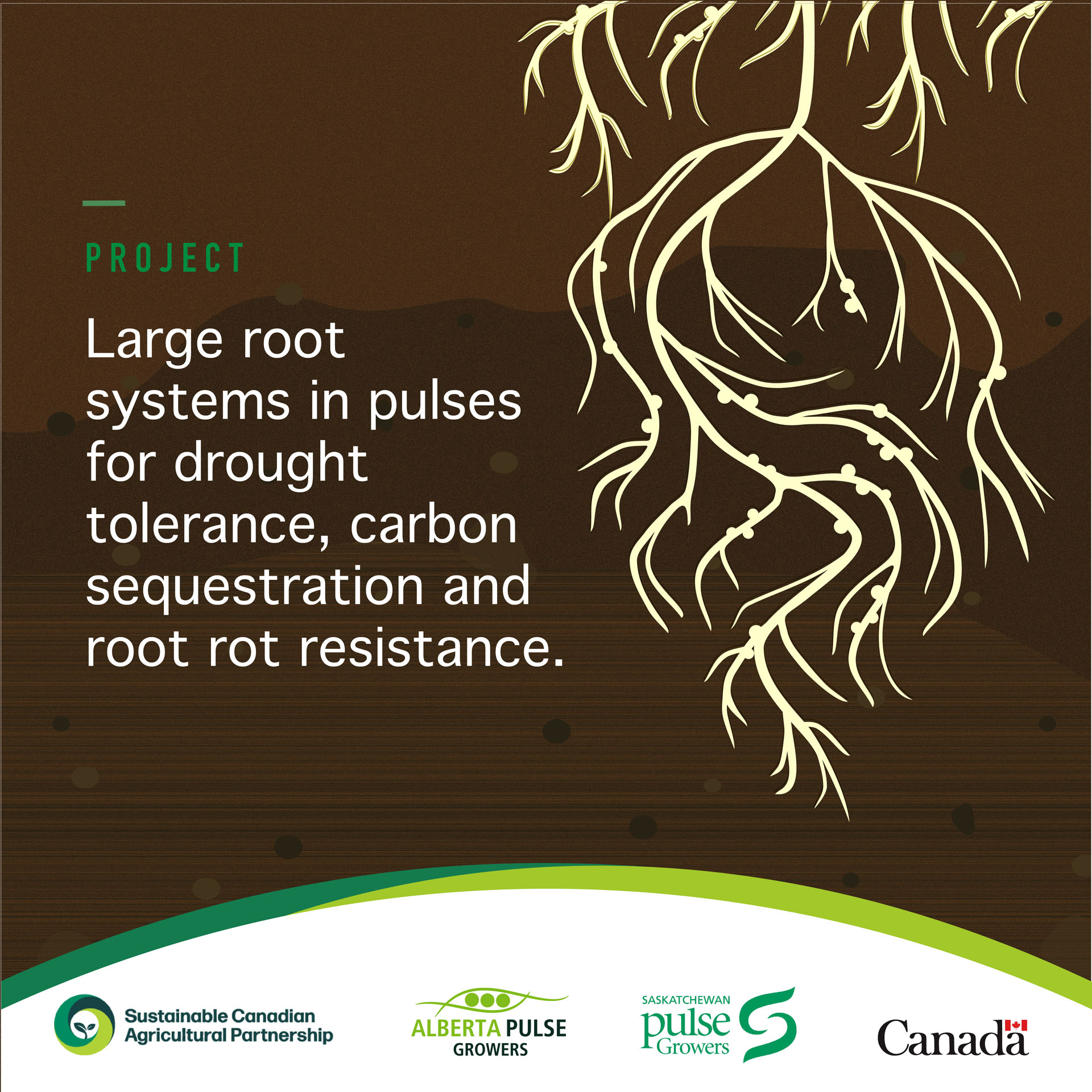
Project: Large root systems in pulses for drought tolerance, carbon sequestration and root rot resistance
Principal Investigator: Maryse Bourgault, University of Saskatchewan
Industry Funders: APG, SPG
Project Cost: $1,613,690
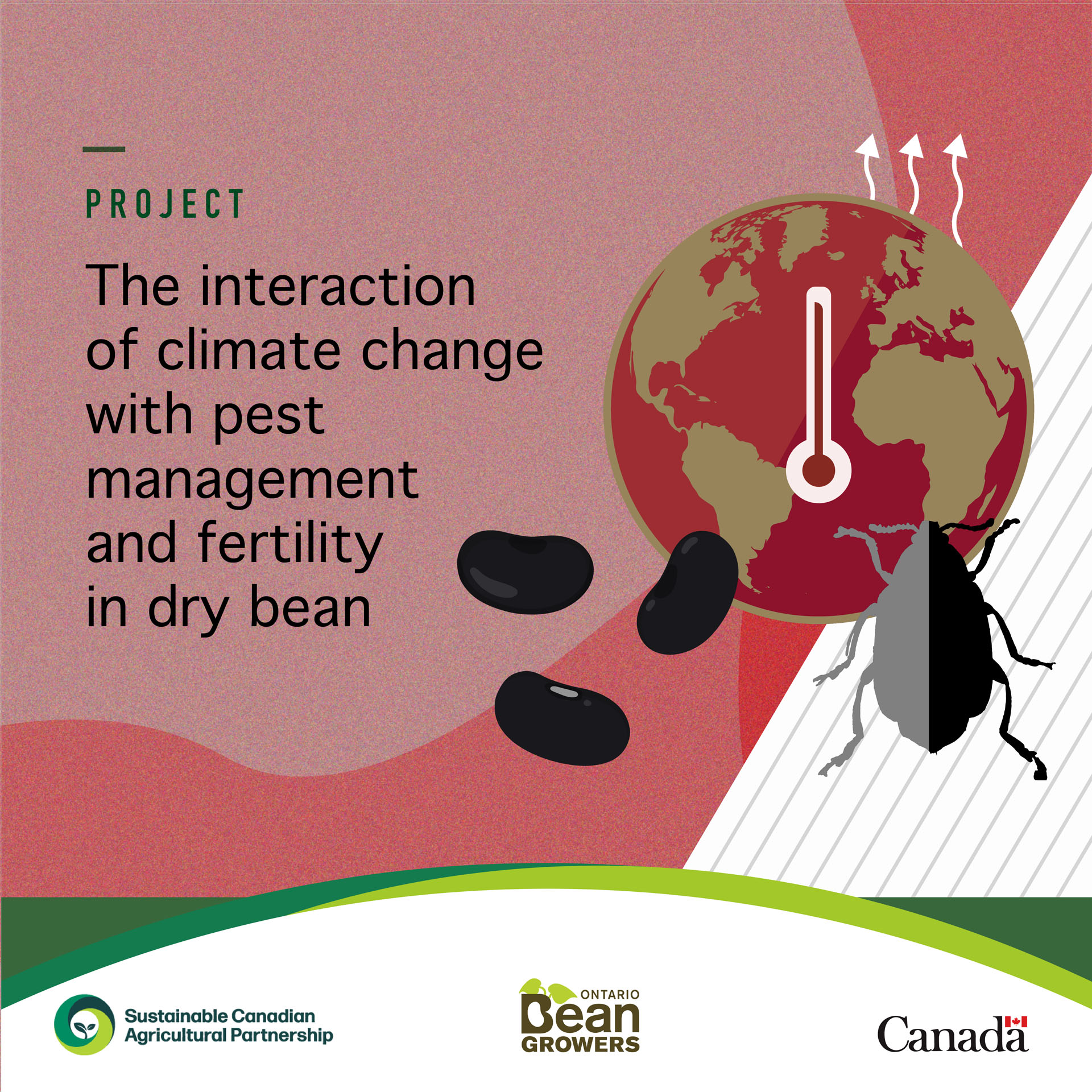
Project: The interaction of climate change with pest management and fertility in dry bean
Principal Investigator: Chris Gillard, University of Guelph
Industry Funder: OBG
Project Cost: $850,300
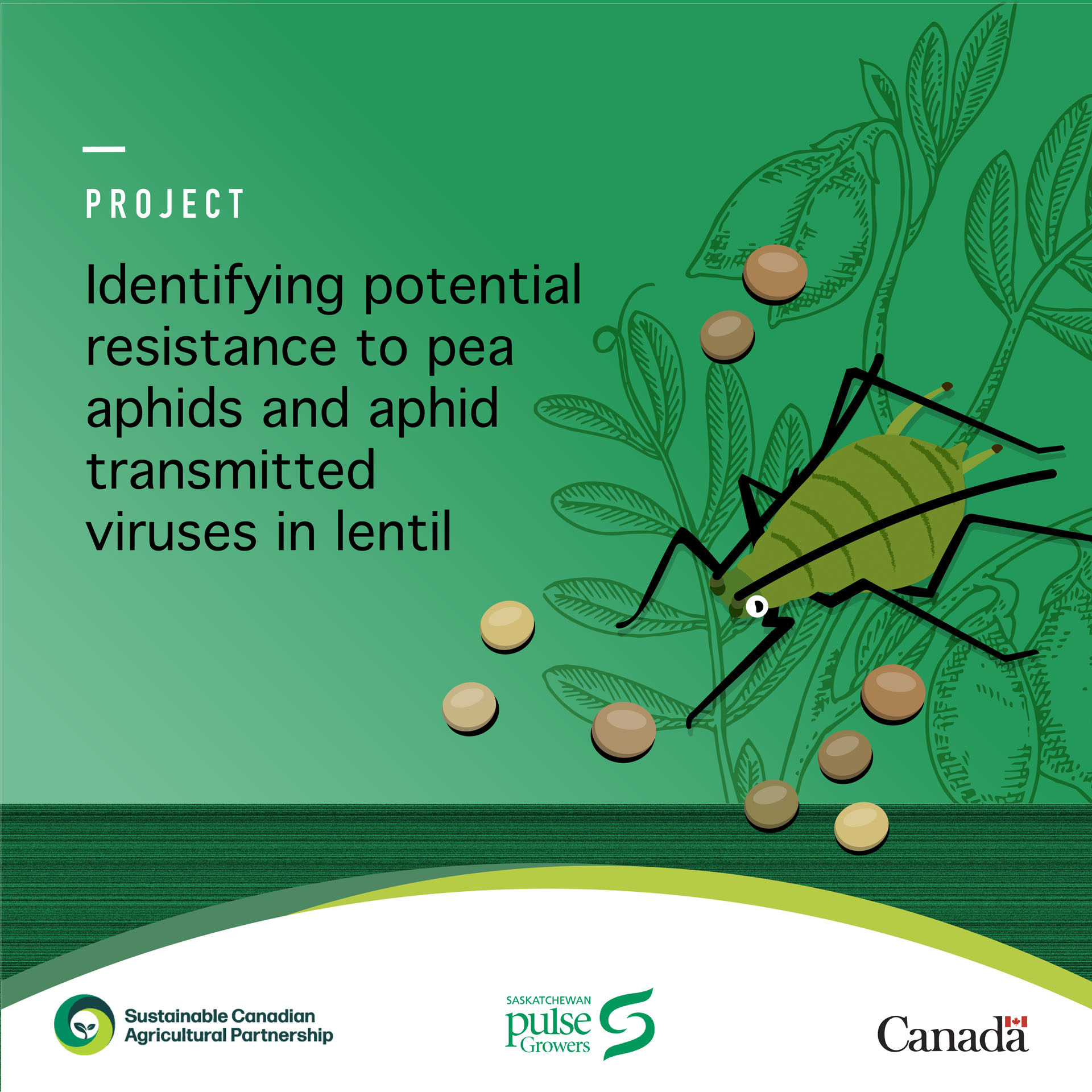
Project: Identifying potential resistance to pea aphids and aphid-transmitted viruses in lentil
Principal Investigator: Dr. Sean Prager, University of Saskatchewan
Industry Funder: SPG
Project Cost: $651,650
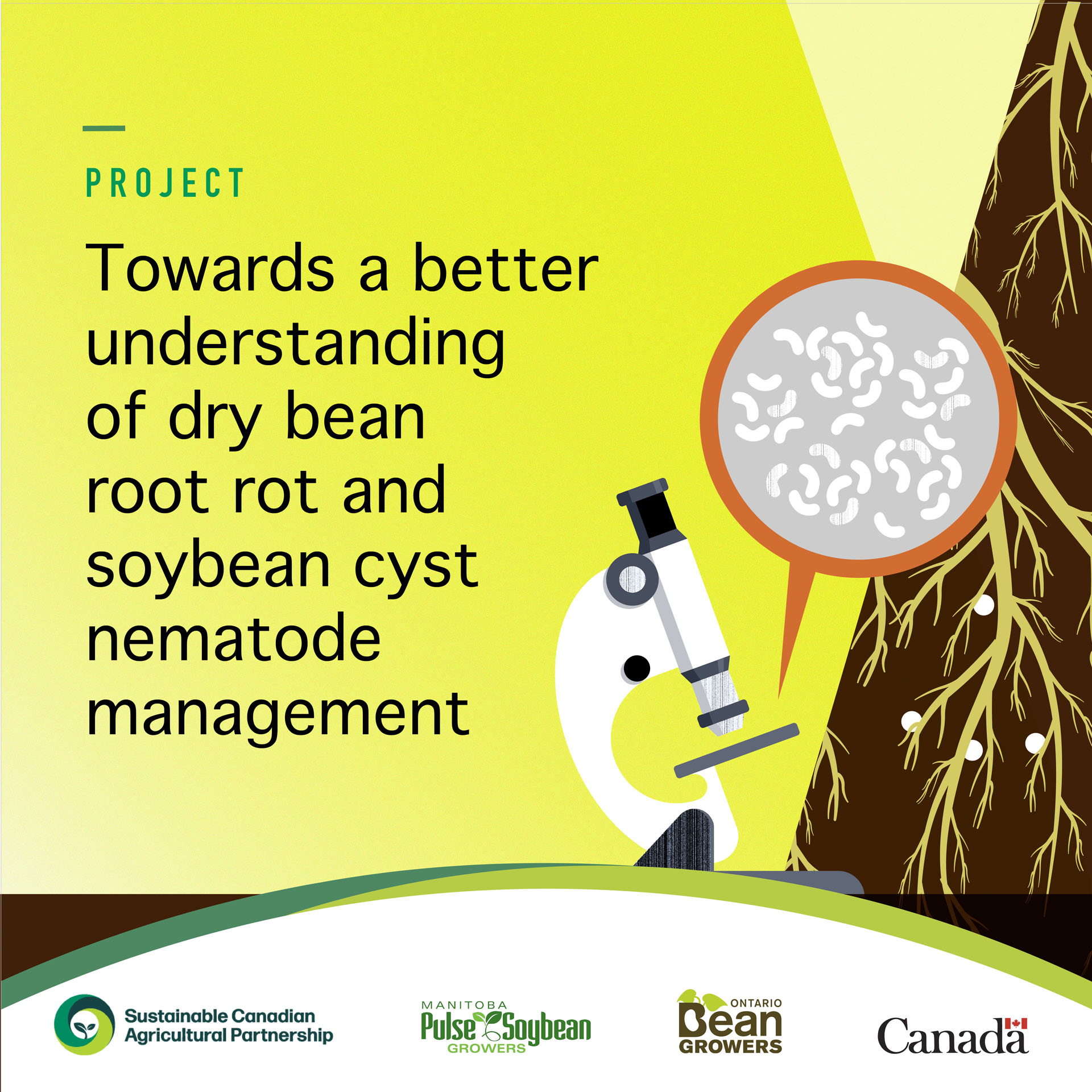
Project: Towards a better understanding of dry bean root rot and soybean cyst nematode management
Principal Investigator: Dr. Owen Wally, AAFC
Industry Funders: MPSG, OBG
Project Cost: $592,496




